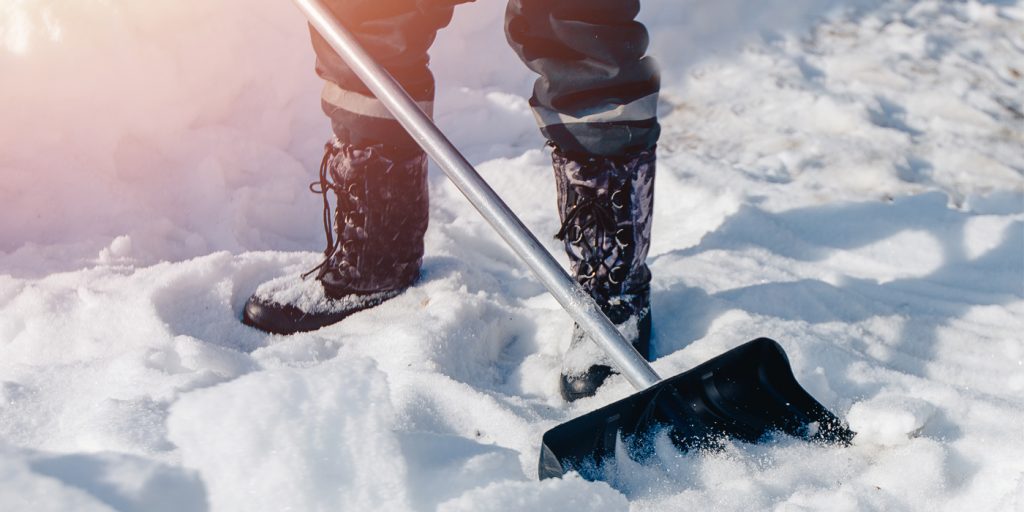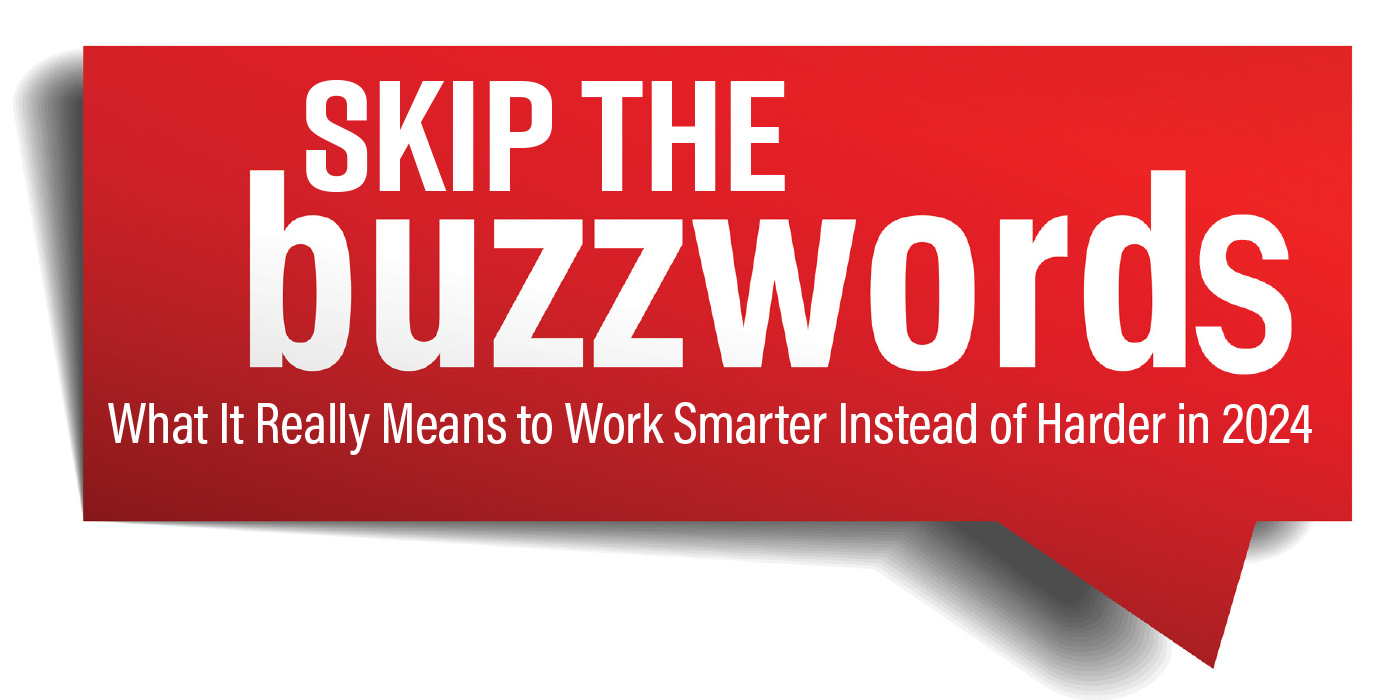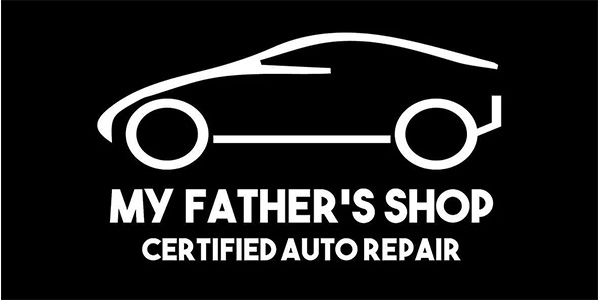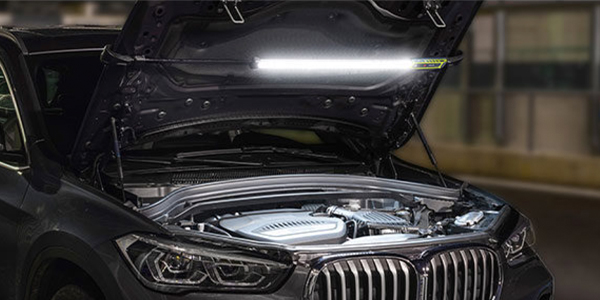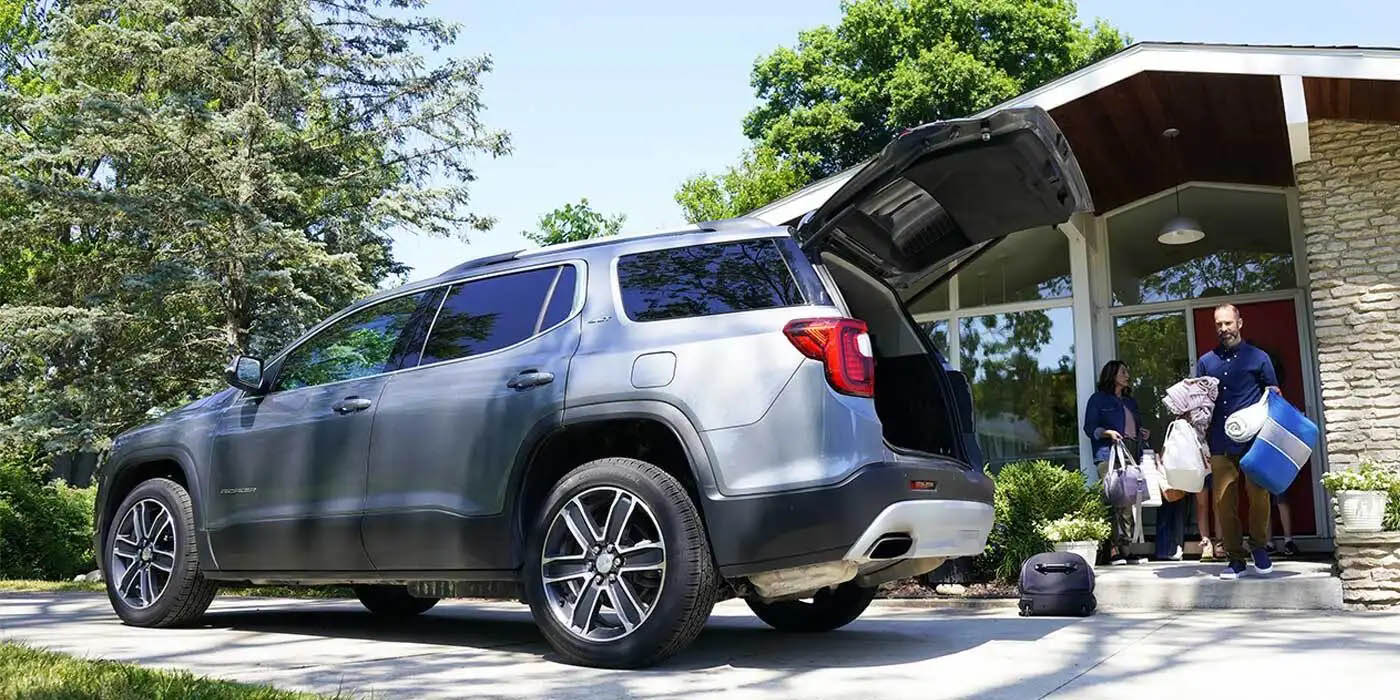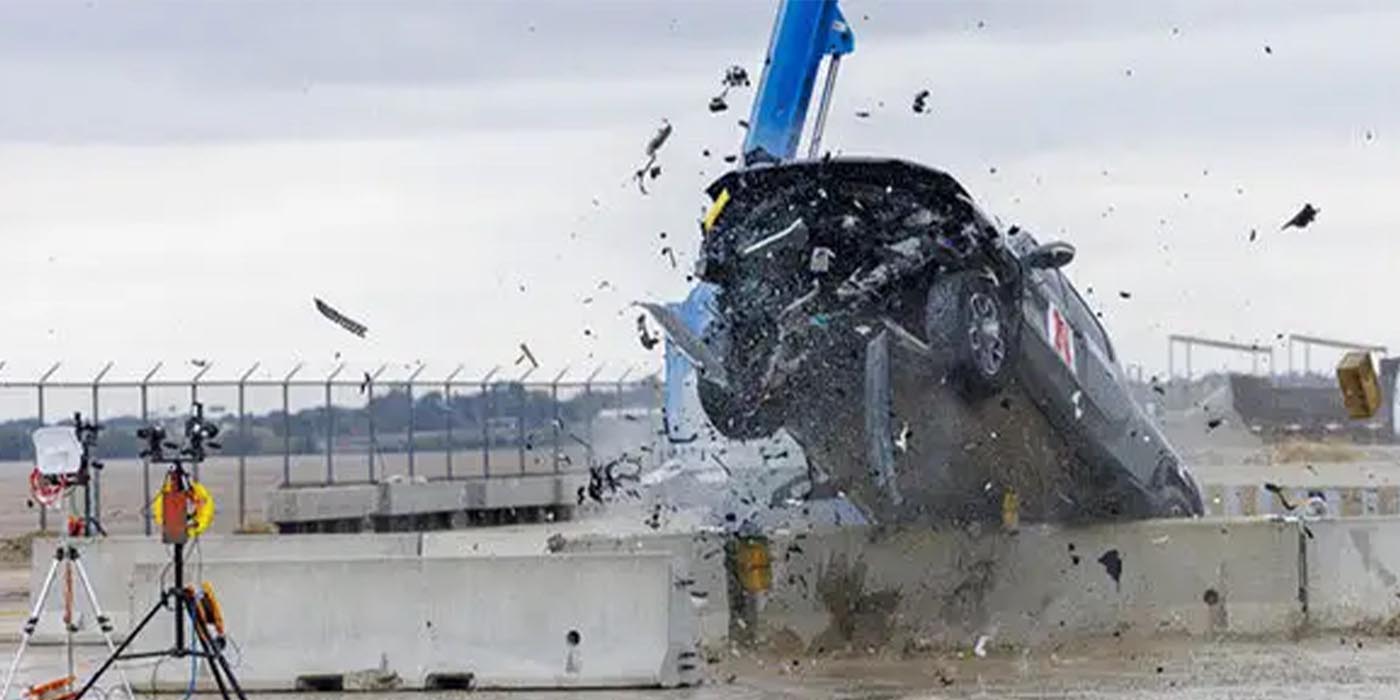It’s the start of a new year, and now that summer and fall are in the rearview mirror, it’s time to brace your shop for the cold. In much of the country, the sun is taking a break and winter’s wrath is dealing blows to people who aren’t prepared.
When it comes to weather and tough working conditions, heat stress often comes to mind because of the effects it has on the body. But don’t overlook the hazards of cold weather. How can the cold affect your employees? It’s important to be aware of the risks.
Cold And Your Body
Cold temperatures and increased wind speed (wind chill) cause heat to leave the body more quickly, putting workers at risk of cold stress. Though shop employees typically don’t have to work outside full-time, there are times when they’re exposed to the cold for prolonged periods. Anyone working in the cold, even for a short time, may be at risk. Therefore, it’s important to review two of OSHA’s most common types of cold stress:
Hypothermia. This happens when normal body temperature (98.6°F) drops to 95°F or less. The person is alert but shivering. In severe cases, you can expect confusion, slurred speech, slow heart rate and breathing, and in extreme cases, loss of consciousness or death.
Frostbite. When a person gets frostbite, their body tissues (hands and feet) freeze. Because of wind chill, this can even occur when temperatures are above freezing. Symptoms may include numbness, reddened skin with gray or white patches, and blisters. Frostbite, in extreme cases, can result in amputation.
To avoid these situations, employees should drink warm, sweetened fluids and dress properly. Proper dress includes loose-fitting, insulating clothes, gloves and a waterproof hat, as well as insulated and waterproof boots.
Cold Exposure
In the shop, what situations might expose employees to the cold? Here are some common examples where employees might benefit from some cold weather safety reminders:
Winter driving. Anyone driving cars, whether test-driving, moving cars in and out of the shop or around the lot, or even driving to and from the workplace, should be aware of weather conditions. Employees should recognize the hazards of winter weather driving, such as snow- or ice-covered roads. As always, they should wear seatbelts. To prepare for an unexpected situation, a stocked emergency kit is a good idea for everyone year-round. For winter, be sure to include an ice scraper, snow brush, shovel, traction aids such as sand or cat litter, and blankets.
Snow removal. Shoveling snow can be hard work, and the cold doesn’t make it any easier on the body. Exhaustion, dehydration, back injuries or heart problems are real threats. When employees are removing snow from parked cars and other areas around the shop, they should take precautions to avoid injuries. Employees should warm up beforehand, scoop small amounts of snow at a time and push the snow instead of lifting it. Employees should be trained on using a snowblower or other power tools before using the equipment, including knowing how to check whether the equipment is grounded properly.
In addition, if employees are expected to remove snow from roofs or other elevated surfaces, they should be trained beforehand on the type of equipment to use and the proper personal protective equipment (PPE). Take caution in these situations because surfaces such as roofs that are weighed down by snow may be structurally unsafe.
Slips, trips and falls. Winter weather brings precipitation that can freeze over and cause serious injury to both employees and customers. Employees should clear walking surfaces of snow and ice as quickly as possible after a winter storm. This includes spreading deicer as necessary. Proper footwear is essential when working with snow and ice to not only provide warmth but also create traction. Employees expected to clear snow and ice should be advised to have available a pair of rubber overshoes with good treads that can fit over regular shoes.
Electrical hazards. With heavy snow and ice often comes downed power lines in your shop parking lot or the surrounding area. Employees and customers should steer clear of any downed power lines and communicate the problem to the local power company or other responsible authority. Also, be careful of falling tree limbs or collapsing poles that may create a hazard during a winter storm.
Summary
Knowing the potential problems associated with cold weather can help prevent accidents, so training is key for all employees. In an emergency, they will have the confidence and knowledge to attend to an injured co-worker and may save a life.
Kyle Holt is the president of S/P2, an online safety and pollution prevention training system for the automotive, heavy-duty/diesel, welding, construction, cosmetology and culinary industries. He can be reached at [email protected].
Courtesy of Body Shop Business.

